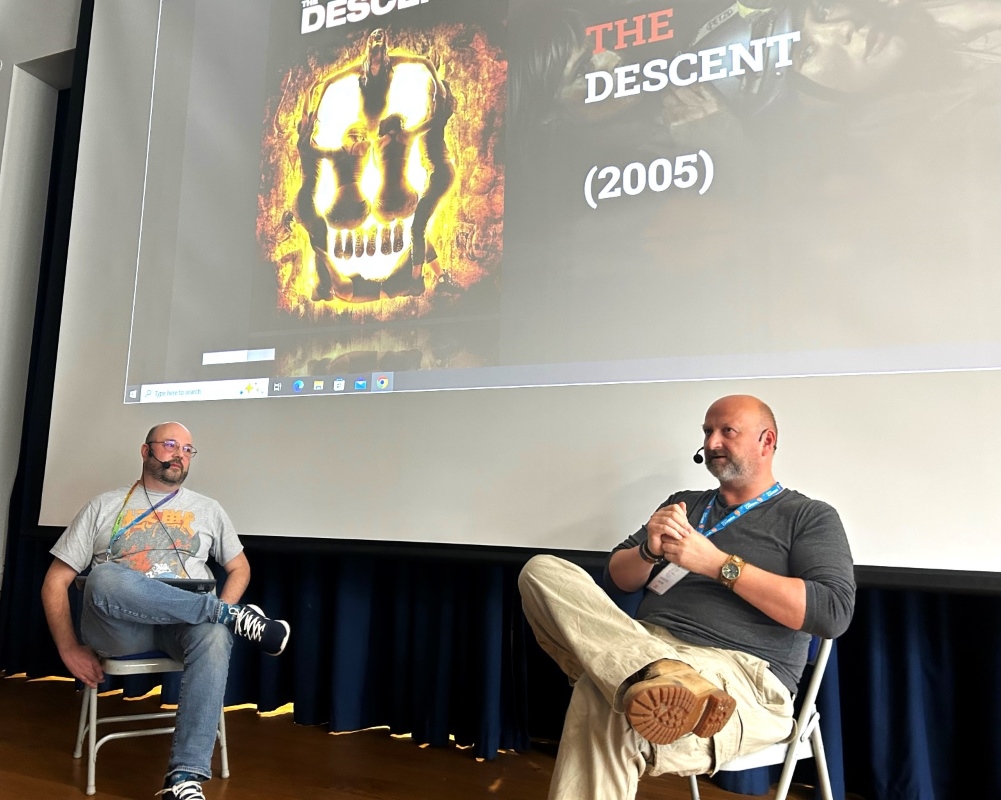Computer Science student numbers may be rising, but the tech skills gap is increasing

Some experts believe that attracting more female talent into STEM careers is vital
The number of students taking Computer Science courses at GCSE and undergraduate level has risen again in the last year. However, despite this – and above average entry-level salaries to attract candidates – there is still a widening tech skills gap across the UK, and many employers are struggling to recruit the talent they need. This is according to new research from global technology company OKdo.
While the number of students sitting GCSE computing courses was up 1% year-on-year (81,120 versus 79,964 in 2021), and UCAS data shows there were 16% more applications for Undergraduate Computing courses too (179,600 versus 155,290), countless businesses are still reporting staff shortages for related roles.
A recent report from Tech Nation revealed that tech job vacancies are at a 10-year high globally. In the UK alone, talent vacancies in this sector are up a record 191% versus 2020.
According to Okdo’s 2022 ‘Computer Science in the Classroom’ report many experts are concerned that not enough is being done to attract young adults into computing careers, and while student numbers continue to grow year-on-year, the supply of fresh talent is still a long way off meeting current demand.
Dr Paul Rivers, Managing Director at Guidance Automation, said:
“The jobs of tomorrow require skilled and digitally enabled employees, as they are the key to business success and international economic development. However, there remains a lack of education and awareness about where students can start this process. This needs to change and become more accessible in order to prepare workforces – and businesses – for a digital future.
There remain numerous unmet promises from the government around up-skilling in technology, including confusion around funding and a lack of support available for students. With UK leaders appearing to prioritise areas such as robotics and automation, the expectations would be that this would ultimately filter through to schools, colleges and universities, but this is not the case.”
Attracting more female talent is also deemed vital by many – not just to help ‘plug’ the skill gap but to create a more diverse workforce too. However, there is still a large disparity between the numbers of male and female students picking these subjects.
This summer, 63,856 of the 81,120 students sitting computing GCSEs were male (79% of the total), and just 17,264 (21%) were female.
This was however the largest cohort of female students (and the largest cohort of students overall) since examinations began in 2014.
Andrea Babbs, UK Sales Manager at cybersecurity company VIPRE, said:
“Having a diverse workforce allows there to be a balance of input, more creativity, new perspectives and fresh ideas.
From different learning paths to ways of approaching problems, and bringing in wider viewpoints, women bring an array of different skills, attributes and experience to tech roles.”
Nicki Young, President ofOKdo added:
“Female students are still studying STEM subjects in low numbers but have proven themselves to be highly capable. I believe it’s important that we ensure the tech sector of tomorrow is diverse, and it is vital that the number of students studying computer science at GCSE and beyond – and choosing this as a career – continues to gain momentum.
The industry’s efforts should be directed at engaging more young minds, to ensure the current skills shortage is addressed and the UK tech sector continues to thrive.”











Responses